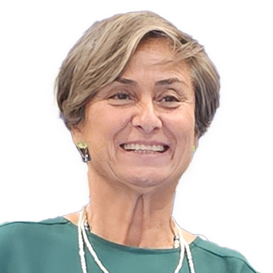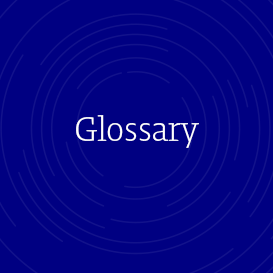ITEA - The fast track to software innovation

Why standards help industry to progress
Sometimes standardisation is the opposite of innovation. However, in the IT domain most of the time, the two go together, mainly because the exchange of data or information is central. If you do not agree on the interface, you cannot exchange anything, and your innovation will have a very limited scope. Building new standards gives a competitive edge to the company leading this effort.
ITEA encourages standardisation activities
The ITEA project monitoring and coaching process emphasises the value of standardisation activities. Whenever relevant, the project consortium is asked to translate its progress into new standards or contribute to existing standards. As ITEA projects are often large and built with several partners from different industrial sectors, it is easier for these projects to be successful in reaching standardisation bodies and creating new standards. Many successful (worldwide) standards have been delivered through ITEA.
EPAS (2006-2008)
Ensuring interoperability of card payments across Europe and beyond

EPAS has paved the way to a series of universal ISO standardised specifications for European card payments free of royalty and charges. Ultimately, this has been extended worldwide with the endorsement of the EPAS specifications (CAPE) as a global ISO 20022 message standard. ISO 20022 is today the reference in the standardisation in finance. Instant payment solutions are being developed today based on ISO 20022 credit transfer standards which may, in the future, facilitate the development of hybrid card and credit transfer payment solutions.
SAFE (2011-2014)
Sustaining automotive safety standards and standardisation

SAFE was an essential part of the jigsaw in establishing ISO 26262, a worldwide standard and one of the most important in the automotive industry. SAFE enabled the automotive industry to comply effectively with this standard, which is mandatory for all OEMs and suppliers. This ITEA project realised the first incorporation of ISO 26262 in a standardised Architecture Description Language (ADL) while the SAFE guidelines provide an interpretation of the standard to the market. Thanks to the project, Continental established the ISO 26262 compliance in two major domains, namely the safety critical domains of powertrains and chassis brake systems. These domains represent 40% of Continental’s product share and thanks to the SAFE project, Continental was able to keep its leading role in these domains.
VMAP (2017-2020)
Standardisation
of the
simulation
chain

When designing complex systems like a factory, car, aircraft or train, a first step is to simulate different design options using software simulation tools, some of which will help to optimise the structure of the future system, some its aerodynamics, some its acoustics, etc. This results in a simulation workflow involving multiple simulation software. The VMAP project created the world’s first simulation software workflow interface standard, which is vendorneutral, free of charge and completely open to any interested party. Input/output routines have also been provided for easy implementation. Thanks to the participation of industry leaders and some simulation software providers, the project developed a new standard that has been adopted by other companies outside the consortium. As a result, Philips boosted the innovation speed of highly complex parts by almost 50%. “ITEA has been a unique funding instrument to set up this standardoriented project,” said project leader Professor Klaus Wolf of Fraunhofer SCAI. “With its industry focus, ITEA helped to gather the right consortium and encouraged us to work on the standardisation of the results. We have now created an association that will continue the standardisation effort to the benefit of the industry and the simulation software community.”












